According to Sputnik, in February this year, the Russian Academy of Sciences (RAS) celebrated its 300th anniversary. Among the foreign academicians-members of RAS honored on this occasion were 6 Vietnamese citizens.
In the history of the list of foreign members of RAS, the first Vietnamese citizen elected as a foreign academician of the Academy of Sciences of the Soviet Union was Mr. Tran Dai Nghia.
In February 1966, Mr. Tran Dai Nghia became an Academician specializing in Mechanics. This scientist is famous for his technical inventions that contributed effectively to the resistance war of the Vietnamese army and people against French colonialism. In 1976, historian Nguyen Khanh Toan was the second Vietnamese to become a foreign academician of the Academy of Sciences of the Soviet Union. Among his scientific works are many works that research the revolutionary relationship between Vietnam and Russia. In particular, Academician Nguyen Van Hieu was elected to the Institute of Physics of the Academy of Sciences of the Soviet Union in January 1982. Mr. Nguyen Van Hieu worked in many fields of Mathematics and Physics. Most of his scientific activities were associated with the Institute of Nuclear Research in the city of Dubna. There, together with Russian scientists, Professor Nguyen Van Hieu researched the most complex problems of Theoretical Physics. In 1986, he and other Russian physicists were awarded the Lenin Prize by the Soviet Union. In May 1993, scientist Tran Dinh Long was elected as a foreign academician of the RAS, specializing in Agronomy. Professor Tran Dinh Long is also famous as the leader of the Association of Vietnamese Alumni of Soviet Universities (VINACORVUZ). In 1999, philosopher, physicist-sociologist Nguyen Duy Quy, then Chairman of the Vietnam Social Sciences Committee (now the Vietnam Academy of Social Sciences), and chemist Dang Vu Minh, then Chairman of the Vietnam Academy of Science and Technology (now the Vietnam Academy of Science and Technology), became foreign academicians of the RAS. The honored Vietnamese scientists are all bright lights and pride of Vietnamese science. At the same time, they are also the pride of Russian science, because most of them studied in the Soviet Union.
 |
| RAS was founded in 1724 by decree of Tsar Peter the Great. Until the proletarian revolution of 1917, RAS was called the Imperial Academy of Sciences, under the Soviet Union it was called the Academy of Sciences of the USSR and until the end of 1991 it was called the Russian Academy of Sciences (RAS). RAS trains scientists, but its basic function is to conduct basic and applied scientific research. The diverse work is carried out within the framework of 653 scientific institutions, namely specialized institutes and laboratories. Many in Russia believe that RAS is an organization that guarantees freedom of scientific creativity for the benefit of the country's prosperity. |
baoquocte.vn
Source


![[Photo] Party and State leaders attend the special art program "You are Ho Chi Minh"](https://vphoto.vietnam.vn/thumb/1200x675/vietnam/resource/IMAGE/2025/5/18/6895913f94fd4c51aa4564ab14c3f250)
![[Photo] Many young people patiently lined up under the hot sun to receive a special supplement from Nhan Dan Newspaper.](https://vphoto.vietnam.vn/thumb/1200x675/vietnam/resource/IMAGE/2025/5/18/6f19d322f9364f0ebb6fbfe9377842d3)

![[Photo] Ready for the top competitions of Vietnamese table tennis](https://vphoto.vietnam.vn/thumb/1200x675/vietnam/resource/IMAGE/2025/5/18/9c547c497c5a4ade8f98c8e7d44f5a41)

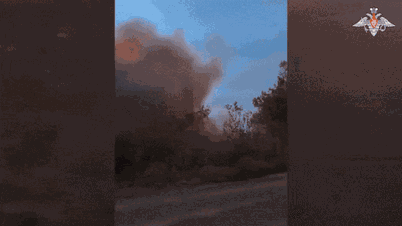

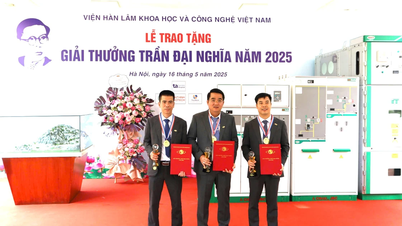
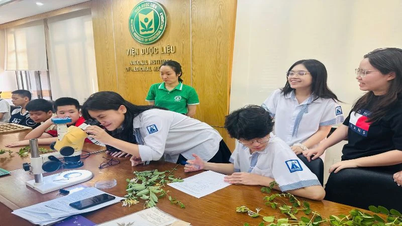



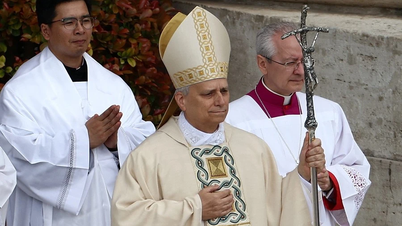
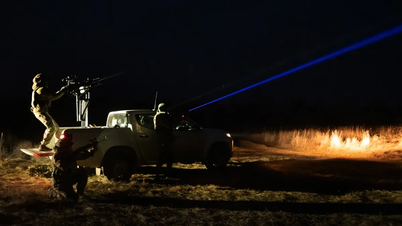




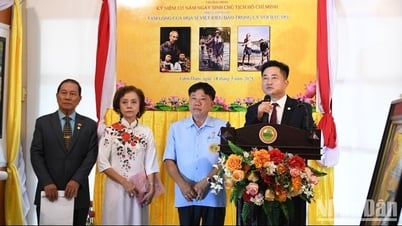
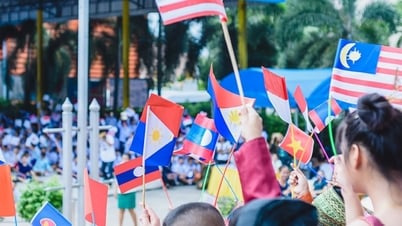


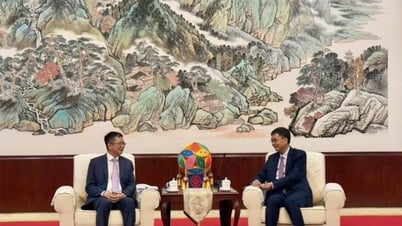
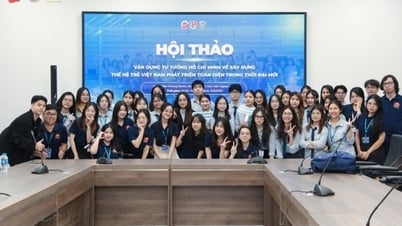



















































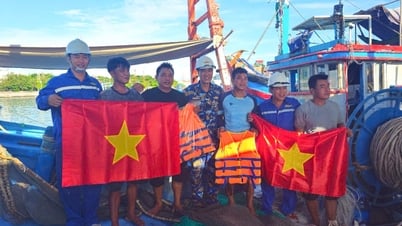

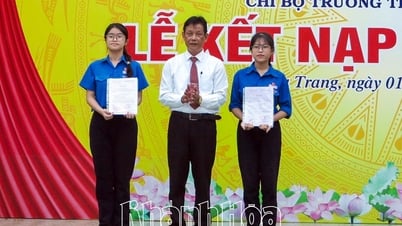
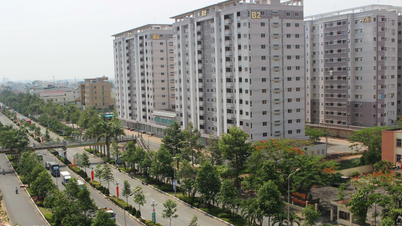











Comment (0)